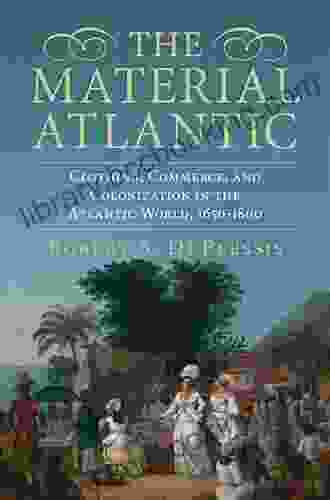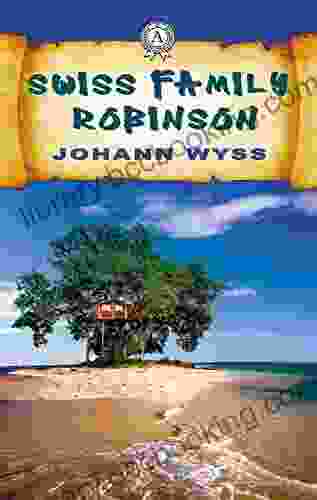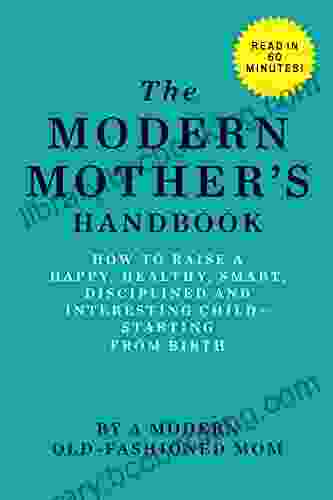Unraveling the Intricate Web: Clothing, Commerce, and Colonization in the Atlantic World, 1650-1800

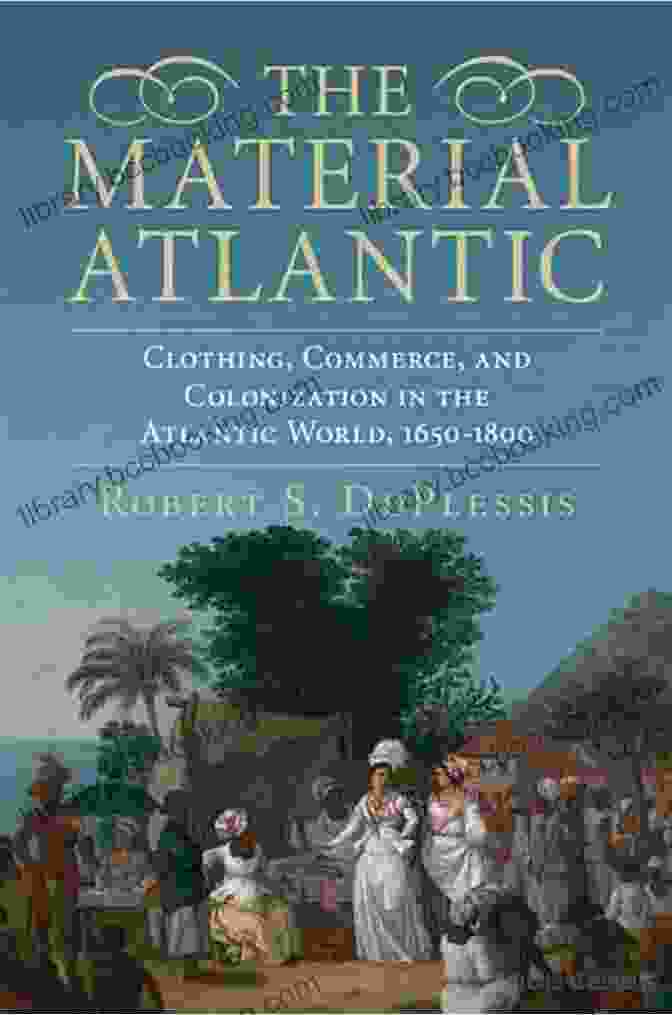
In the era of European expansion and colonization, the Atlantic World emerged as a vibrant crucible of cultural exchange and economic transformation. At the heart of this dynamic interplay lay the ubiquitous presence of clothing—a commodity that transcended mere utility to become a potent symbol of identity, power, and aspiration.
4.1 out of 5
| Language | : | English |
| File size | : | 19970 KB |
| Text-to-Speech | : | Enabled |
| Screen Reader | : | Supported |
| Enhanced typesetting | : | Enabled |
| Print length | : | 369 pages |
The recent publication of "Clothing Commerce and Colonization in the Atlantic World, 1650-1800" by renowned historian Jessica B. Harris sheds new light on the multifaceted role of clothing in shaping the societies and economies of this era. Drawing on a wealth of archival research, Harris meticulously reconstructs the complex networks of production, distribution, and consumption that connected Europe, Africa, and the Americas through the prism of clothing.
Clothing as a Driver of Economic Growth
During the 17th and 18th centuries, the Atlantic World witnessed a surge in the production and trade of clothing. European textile manufacturers, particularly those in Britain and France, expanded their operations to meet the growing demand for fabrics and garments in both the domestic and colonial markets. The production of cotton, wool, and linen became central to the economies of several European nations, generating substantial employment and wealth.
In the colonies of the Americas, the production of cash crops such as tobacco, sugar, and cotton fueled the transatlantic slave trade, which in turn provided a captive workforce for the cultivation and processing of these raw materials. The resulting fabrics and garments were then shipped back to Europe or distributed throughout the Atlantic World, creating a complex web of economic interdependence.
Clothing as a Symbol of Identity and Status
Beyond its economic significance, clothing played a crucial role in shaping the social and cultural landscapes of the Atlantic World. Different garments and textiles became markers of身份, class, and affiliation. In Europe, the elaborate costumes of the nobility and wealthy merchants contrasted sharply with the simpler attire of the working class. In the colonies, clothing served as a means of distinguishing between European settlers, enslaved Africans, and indigenous populations.
The desire for clothing that symbolized status and distinction extended across all social strata. Enslaved Africans, for example, often incorporated elements of European fashion into their own clothing, while indigenous communities blended traditional garments with imported fabrics to create unique expressions of their cultural heritage.
Clothing as a Catalyst for Cultural Exchange
The transatlantic circulation of clothing also fostered cultural exchange and hybridity. European textiles and garments influenced the fashion and aesthetics of African and American societies, while indigenous designs and techniques inspired innovations in European fashion. The resulting fusion of styles and motifs created a vibrant tapestry of cross-cultural influences that shaped the artistic and expressive traditions of the Atlantic World.
For example, the importation of brightly colored Indian cottons into Europe led to the development of new printing techniques and the popularization of floral motifs in textiles. Similarly, the adoption of European tailoring techniques by enslaved Africans resulted in the evolution of distinct African-American fashion styles.
The Enduring Legacy of Clothing Commerce and Colonization
The era of colonization and the associated clothing commerce had a profound and lasting impact on the Atlantic World. The economic, social, and cultural entanglements created during this period shaped the development of modern societies on both sides of the ocean.
The legacy of clothing commerce can be seen in the continued importance of the textile and fashion industries in global trade. The influence of colonial-era clothing practices and aesthetics can still be found in contemporary fashion trends and cultural traditions. Moreover, the ongoing debates surrounding cultural appropriation and the ethical sourcing of clothing highlight the enduring relevance of the issues raised in "Clothing Commerce and Colonization in the Atlantic World, 1650-1800."
"Clothing Commerce and Colonization in the Atlantic World, 1650-1800" is a groundbreaking work that offers a nuanced and thought-provoking exploration of the intertwined histories of clothing, commerce, and colonization. Through meticulous research and insightful analysis, Jessica B. Harris illuminates the complex ways in which clothing shaped the economic, social, and cultural landscapes of the Atlantic World during a transformative era.
This book is essential reading for scholars of economic history, social history, cultural history, and anyone interested in understanding the enduring legacy of colonialism and the globalized clothing trade. Its insights provide a valuable lens through which to examine the dynamics of power, identity, and cultural exchange in the modern world.
4.1 out of 5
| Language | : | English |
| File size | : | 19970 KB |
| Text-to-Speech | : | Enabled |
| Screen Reader | : | Supported |
| Enhanced typesetting | : | Enabled |
| Print length | : | 369 pages |
Do you want to contribute by writing guest posts on this blog?
Please contact us and send us a resume of previous articles that you have written.
 Book
Book Novel
Novel Page
Page Chapter
Chapter Text
Text Story
Story Genre
Genre Reader
Reader Library
Library Paperback
Paperback E-book
E-book Magazine
Magazine Newspaper
Newspaper Paragraph
Paragraph Sentence
Sentence Bookmark
Bookmark Shelf
Shelf Glossary
Glossary Bibliography
Bibliography Foreword
Foreword Preface
Preface Synopsis
Synopsis Annotation
Annotation Footnote
Footnote Manuscript
Manuscript Scroll
Scroll Codex
Codex Tome
Tome Bestseller
Bestseller Classics
Classics Library card
Library card Narrative
Narrative Biography
Biography Autobiography
Autobiography Memoir
Memoir Reference
Reference Encyclopedia
Encyclopedia Zena Hitz
Zena Hitz Michael Banton
Michael Banton Nancy E Willard
Nancy E Willard Robert Beardsley
Robert Beardsley Monica Brown
Monica Brown Rosa Malango
Rosa Malango Marissa Anderson
Marissa Anderson N L Mclaughlin
N L Mclaughlin Stephen Rodrick
Stephen Rodrick Rebecca Sheir
Rebecca Sheir Pam Godwin
Pam Godwin Robert B Stone
Robert B Stone Scott Pelley
Scott Pelley Tracy Vonder Brink
Tracy Vonder Brink Natasha Wing
Natasha Wing Zachary Shore
Zachary Shore Suzy Favor Hamilton
Suzy Favor Hamilton Sally Field
Sally Field William C Dietz
William C Dietz Rob Harris
Rob Harris
Light bulbAdvertise smarter! Our strategic ad space ensures maximum exposure. Reserve your spot today!
 Juan ButlerFollow ·17.5k
Juan ButlerFollow ·17.5k Felix CarterFollow ·4.1k
Felix CarterFollow ·4.1k Eric NelsonFollow ·14.8k
Eric NelsonFollow ·14.8k James HayesFollow ·8.8k
James HayesFollow ·8.8k Dwight BlairFollow ·2.9k
Dwight BlairFollow ·2.9k Howard PowellFollow ·19.5k
Howard PowellFollow ·19.5k Raymond ChandlerFollow ·12.4k
Raymond ChandlerFollow ·12.4k Tom ClancyFollow ·13.4k
Tom ClancyFollow ·13.4k
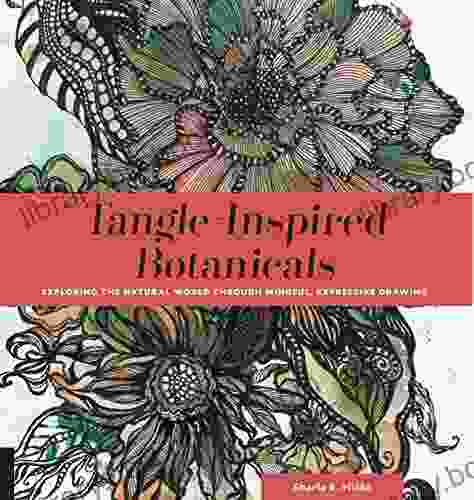
 Brian Bell
Brian BellExploring The Natural World Through Mindful Expressive...
Unleash the...

 David Baldacci
David BaldacciJourney into the Enigmatic World of "Grass" by Sheri S....
Prepare to be captivated by "Grass," a...

 Dashawn Hayes
Dashawn HayesBusting Myths About Human Nature: Unraveling the Complex...
Challenging the...

 Ernest Hemingway
Ernest HemingwayNotes on Suicide: A Profound Exploration of the...
Suicide, a taboo subject shrouded in...
4.1 out of 5
| Language | : | English |
| File size | : | 19970 KB |
| Text-to-Speech | : | Enabled |
| Screen Reader | : | Supported |
| Enhanced typesetting | : | Enabled |
| Print length | : | 369 pages |


